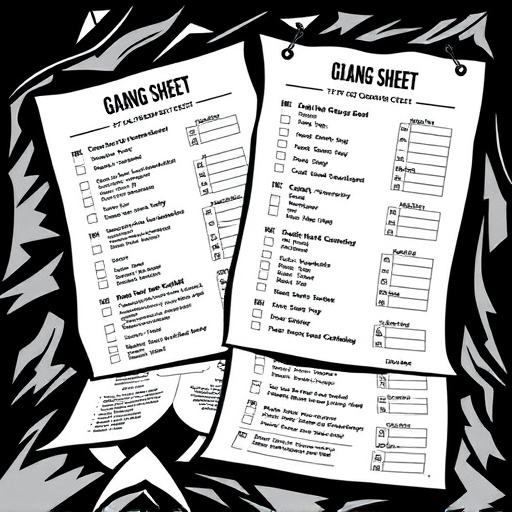Government Employee Care Programs, managed by Human Resources (HR), are integral for supporting public sector workers' well-being. These programs offer mental health support, counseling, injury treatment, and stress management workshops. HR professionals integrate wellness strategies with on-site therapy and accessible resources to prevent and manage work-related injuries, fostering employee satisfaction and resilience. Comprehensive initiatives focus on holistic health, including fitness, education on work-life balance, and mental health awareness to create a culture of proactive well-being.
In today’s fast-paced and demanding work environment, government employee care programs play a vital role in ensuring public servants’ well-being. This article explores the essential contribution of Human Resources (HR) in fostering comprehensive government employee care. We delve into the unique challenges faced by government employees and analyze HR’s key roles in addressing them. Furthermore, we offer practical strategies to enhance these programs, ultimately promoting a healthier and more engaged workforce within government institutions.
- Understanding Government Employee Care Programs
- HR's Key Roles in Employee Wellbeing
- Strategies for Effective Government Employee Care
Understanding Government Employee Care Programs

Government Employee Care Programs are designed to support and enhance the well-being of public sector workers. These programs recognize that government employees often face unique challenges, from demanding work schedules to specific occupational risks. Understanding these programs involves grasping their multifaceted nature, which includes initiatives aimed at improving mental health, providing access to counseling services, and addressing specific needs like mobility improvement and sports injury treatment.
Effective HR management plays a pivotal role in implementing and streamlining these care programs. By integrating comprehensive wellness strategies, HR departments can ensure employees receive the necessary support for both their physical and mental well-being. This involves offering tailored solutions such as on-site physical therapy sessions, workshops on stress management, and accessible resources for preventing and managing work-related injuries, including sports injuries that are common among active government employees.
HR's Key Roles in Employee Wellbeing

Human Resources (HR) plays a pivotal role in fostering and enhancing government employee care programs, with their expertise centered on several key aspects of employee wellbeing. Firstly, HR professionals are instrumental in designing and implementing comprehensive health and wellness initiatives tailored to public servants’ unique needs. This includes promoting physical fitness, mental health awareness, and stress management strategies to address the demanding nature of government work.
Furthermore, they facilitate access to specialized services such as mobility improvement programs, particularly crucial for employees recovering from musculoskeletal injuries, which are prevalent in physically demanding roles. By coordinating post-injury care and offering ergonomic solutions, HR ensures that employees receive the necessary support to return to work safely and effectively. This proactive approach not only enhances employee satisfaction but also contributes to a more productive and resilient workforce within government agencies.
Strategies for Effective Government Employee Care

In the realm of government employee care, Human Resources (HR) plays a pivotal role in designing and implementing strategies that enhance overall well-being. Effective programs aim to address various aspects of employees’ lives, from physical health to mental resilience. One key strategy involves offering comprehensive wellness packages that include preventive care measures and proactive health initiatives. This can range from organizing regular fitness sessions and promoting healthy eating habits to providing access to counseling services for stress management. By fostering a culture of proactive health, government agencies can help employees avoid common issues like sports injury recovery and pinched nerve relief, which often lead to time-consuming post accident rehabilitation processes.
Additionally, HR should prioritize employee education on work-life balance, stress management techniques, and mental health awareness. This includes organizing workshops on topics such as time management, mindfulness, and recognizing signs of burnout. Such initiatives not only help employees maintain optimal performance but also contribute to their long-term well-being. By integrating these strategies into government employee care programs, HR can create a supportive environment where staff feels valued, supported, and empowered to excel in their roles while maintaining a healthy work-life balance.
Government Employee Care programs greatly benefit from Human Resources (HR) expertise, ensuring employees receive comprehensive support. By understanding these programs and leveraging their strategic roles, HR professionals can enhance employee wellbeing and job satisfaction. Implementing effective strategies, such as flexible work arrangements, mental health resources, and regular communication, allows government agencies to foster a positive work environment. This, in turn, boosts morale, retention rates, and overall productivity among public servants.














